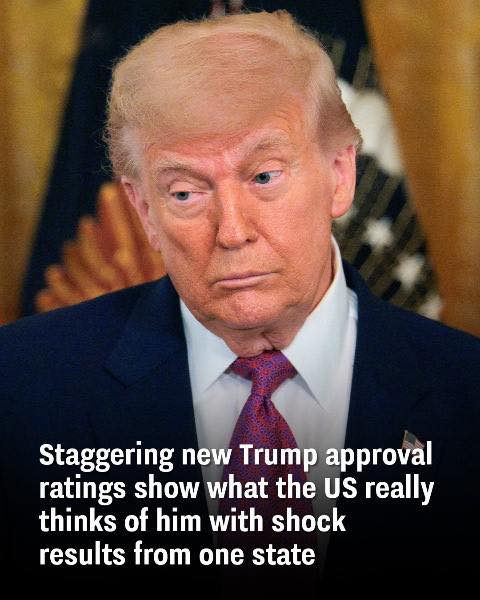One of the key shifts is among independent voters, a crucial demographic in close races. According to polling data from Emerson College, 37 percent of independents now lean toward Democratic congressional candidates, compared to 27 percent supporting Republicans, with 36 percent still undecided. This group could be the deciding factor in many swing districts in 2026.
Even traditional Republican strongholds appear less stable than in previous cycles. In Texas—a state that twice delivered double-digit victories for Trump—a recent University of Texas/Texas Politics Project poll reveals that only 44 percent of respondents approve of the president’s performance, with 51 percent expressing disapproval. While his core base remains solid, there is evidence of shifting sentiment even among typically supportive voters.
Much of this concern appears tied to economic issues. Texans in particular cite high prices, inflation, and interest rates as ongoing concerns. In the poll, 51 percent of respondents said they disapprove of the president’s handling of economic matters, and 52 percent cited rising living costs as a central issue.
On the international stage, recent events have sparked further debate. After reports of military activity in the Middle East, the administration announced a strategic operation targeting foreign assets considered to be of concern. The response drew both praise and criticism. While some applauded the decisive action, others raised questions about the tone and long-term impact of such decisions. At a NATO summit, the president addressed the situation in his signature style, emphasizing the administration’s commitment to defense and diplomacy.
In a notable development, the White House also confirmed a temporary agreement to reduce tensions in the region. The initiative was praised by some as a continuation of the president’s focus on deal-making and peace efforts. Supporters point to this as evidence of effective leadership in complex international situations, while critics suggest more sustained diplomacy is needed to ensure lasting stability.
Despite shifting approval numbers, President Trump retains strong backing from his core Republican base. More than 80 percent of GOP voters continue to support his leadership, citing his stance on immigration, defense, and public safety. His direct communication style and emphasis on American interests continue to resonate with many within the party.
To regain momentum with moderates and undecided voters, analysts suggest the administration will need to deliver visible progress—whether through economic improvement, bipartisan legislation, or diplomatic breakthroughs. Historically, presidents have seen approval rebounds when their policies deliver clear results that improve daily life for Americans.
As the 2026 midterms approach, political observers are watching closely. Republicans aim to protect vulnerable seats, while Democrats seek to build on growing public concern to flip key districts. In the months ahead, messaging, momentum, and real-world outcomes will all shape the political landscape.
For now, the country continues to navigate a period of uncertainty—marked by economic challenges, international developments, and a national conversation about the path forward. Whether President Trump can steer the moment to his advantage remains to be seen, but the stakes for both major parties could not be higher.

